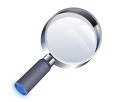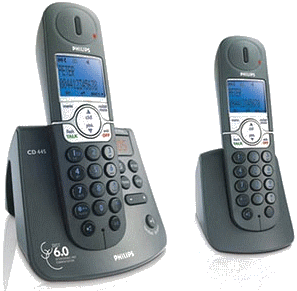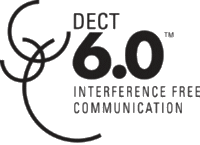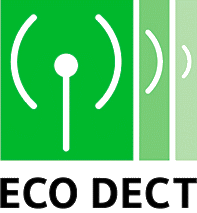Special about DECT
Tech.
Track

Issued by: Teleconformity
Number: TCMY-025
Publication date: 2011-02-25
Author: CEO

Digital Enhanced Cordless Telecommunications (DECT), background & Technology
DECT is a technology standard for short-range cordless communications, which can be adapted for many applications and can be used over unlicensed frequency allocations world-wide. DECT is suited to voice (including PSTN and VoIP telephony), data and networking applications with a range up to 500 metres. DECT was initially developed as a European standard. It was later adopted by many other countries and today has become a word-wide de-facto standard for cordless telephony applications. Currently, DECT is available almost worldwide (the technology has been adopted in over 110 countries). The United States market was, in practice, opened to DECT by an FCC decision in 2005, and is now one of the most important markets in terms of growing. Even 


